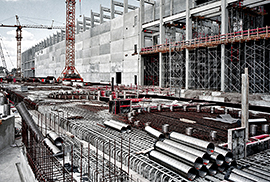This paper presents a new design and calibration for the Risk Weight Floor of securitisation instruments and shows how it may be used as the basis for regulatory capital. Unlike the current Risk Weight (RW) Floor, which is specified as a constant percentage of par, we propose a risk-sensitive RW Floor that equals a percentage of pool risk weights.
The current RW Floor is a fixed value of 15% (or 10% for Simple, Transparent and Standardised (STS) securitisations) that bears no relation to the underlying risk of the securitised asset pools. When the RW Floor is set at an arbitrary value unreflective of asset risk, certain asset classes in particular countries are favoured, creating a distorted securitisation market that has little relation to economic activity.
If they choose, regulators could introduce greater differentiation by replacing the 10% factor of proportionality we propose for the risk-sensitive RW Floor described above with 7% and 12%, respectively, for STS and non-STS securitisations.
Regulatory rules, in our view, should be concerned with the riskier non-senior tranches that contain the systemic risk. Differentiation (STS vs. non-STS, IRB vs. SA) should be applied for these non-senior tranches (via a review of the -premium and of the cliff-effect generating deduction threshold). Those reforms will take time, however.
In contrast, a simple political decision on implementing a risk-sensitive RW Floor could be implemented quickly, on a timetable resembling that of the accelerated legislative changes that occurred for the Non-Performing Loan (NPL) RW Floor within the Capital Markets Recovery Package.
Authors: Georges Duponcheele, Marc Fayemi, Jeremy Hermant, William Perraudin and Frederic Zana
Click here for the research paper in pdf format.


